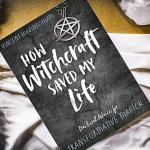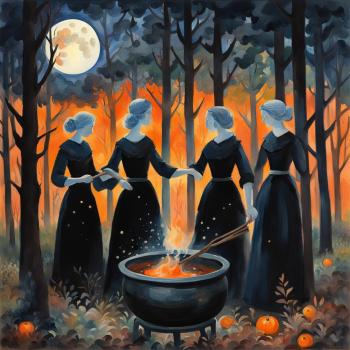Imagine a world where Christianity had not become the primary religion throughout Europe. What types of images do you see? Does this idea stir notions that we might be in a greener world? Perhaps it brings forth the idea of more tolerance or maybe even more violent tribalism. The fact is, we do not live in a world that wasn’t drastically shaped by Christianity. Even regions of the world that maintain a majority of non-Christian beliefs have some influences from Western culture.
In this article I want to play pretend for a moment and give my idea of what the world might look like if Druidry were allowed to prosper alongside Abrahamic faiths. In my article I want to place assumption that technology, medicine, and science have all progressed where they are today. This article may just be for my own amusement but there are some key takeaways to be found throughout the article. I will be using modern names and associations in this article.
A small disclaimer should be given beforehand. When referring to Celtic culture, I am doing so as a collective umbrella term. Celtic cultures were not entirely homogenous in worship, language, or in their deities. There is no such thing as a central Celtic pantheon. The article may feel as if I am making that assumption but I am not. Imagine that this article applies to the stunning Welsh, Irish, Pict, Scottish, Minx, and Britons. I am attempting to find common threads and weave a fictional scenario that has central meaning. Please enjoy!
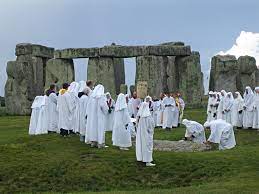
The Might of Rome and Historic Reality
It would be negligent to skim past the impacts that Celtic people faced from the Roman Empire. From as early as 1200 BCE we can trace Celtic tribes throughout most of central Europe. By the third century BCE Celtic tribes dominated the Indo-European continent, Britain, Ireland, and even Spain. Though the tribes of the Britons and the Galatians may appear quite different they did share some common roots. These included roots in language, cosmology, and shared trade during times of peace.
We can definitively say that Rome had encounters with Celtic people prior to Julius Caesar. However, it was in 58 BCE that Julius Caesar encountered and fought with the Celts in Gaul. Here is where we begin to piece together some of the religious aspects of the Celtic people and we learn more about the Druids in particular. The written material we do have gave a clear bias against the Celtic people, though we can read between the lines to see that Rome feared and revered the Celts and Druids.
Throughout Roman conquest of the European continent and part of the British isle we have laws enacted that prohibit the roles of Druids. This was done because Druids were seen as diplomatic leaders in their communities, judges, and likely even as healers. These were all areas that undermined the cult of Rome. Celtic people were not as ill-equipped as Roman historians would have use think. They were skilled in warfare, art, culture, and had the ability to prevent Rome from conquering the entirety of Britain and Ireland.
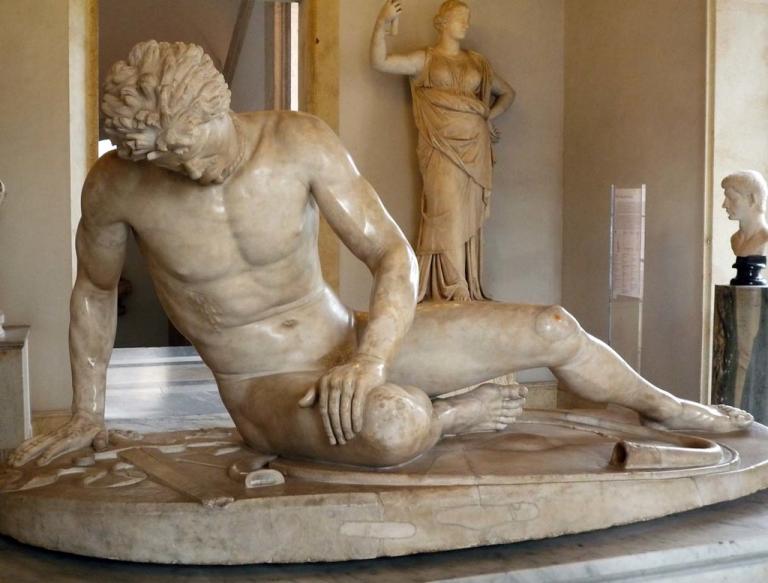
Tensions came to a bloody and horrific pinnacle on the Isle of Anglesey in the year 60 CE. Roman general Paulinus crossed the Menai Strait, off of mainland Wales, and slaughtered the Druids in an attempt to finalize their stronghold. Rome, itself, lasted another 400 years. We begin to see the major decline of the Roman Empire around 476 CE and the rise of Christianity around 500 CE. Though Celtic tribes were conquered, it would be difficult to imagine they completely abandoned their beliefs during those 400 years. We have a patchy history of bards who would share poetry and Celtic lore. However, after 500 CE to 700 CE we do not have historical evidence that Celtic religion carried forward and survived Christianity. We do have evidence that Celtic culture and some religious ideology was absorbed into Christian practice, especially in Northern France, Britain, Scotland, and Ireland.
In my personal belief I don’t think the decimation of Celtic religion was as simple as a timeline may suggest. I believe that each cut that the Celts received took away chunks of their identity and weakened the people until they relied on a central source of power. By the time Christianity came to Ireland we know that most people converted due to the reliable trade with other Christian nations. It was almost a necessity for the Celtic people to survive. By 541 CE the first of many bubonic plagues swept through Europe and this is what I believe finalized the transition to Christianity. Not war, not murder, not forced conversion, but an unseen killer that we are all too familiar with even today.
Creating a Historic Time Warp
Pinning a point in history that decides when Druidry could have survived isn’t so simple. In my mind, and for the purpose this imaginary timeline, let’s rewind to 60 CE. This is where Roman general Paulinus slaughtered the Druids on their sacred island of Anglesey. I think this would be a great place to begin our imaginary timeline of Druidry’s survival. Assuming the Druids won the battle and maintained strength in Wales, Scotland, and Ireland, we might have seen a true survival of culture.
It isn’t very likely that Rome would have wasted resources and would have enforced a barrier like what we see at Hadrian’s Wall. Again, this is all for the sake of creating a world where a Druid religion survives. Now let’s assume that Rome is also able to suppress the spread of Christianity, even at the schism between the Eastern Roman Empire and Central Rome. This could theoretically allow for Paganism to flourish. One thing we cannot prevent is disease. The Celtic people would have still faced bubonic plagues in several waves between 541 CE up-to 1665 CE.
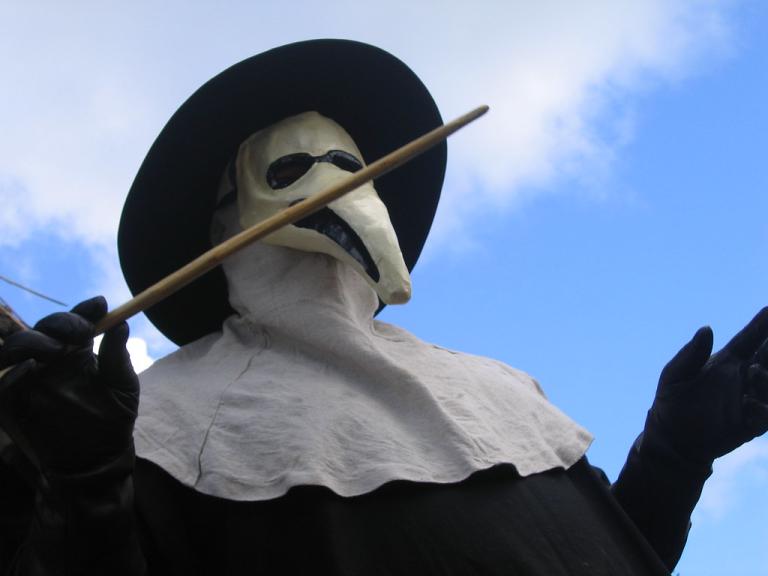
I’d like to believe that the plagues would have still played a key part in uniting Europe and the world. We know that with limited people and resources, trade became very important in the middle ages. I still think that would be true and it would have caused an expansion of ideas, art, and culture. Unfortunately, it would not have prevented the deaths of millions but it certainly could have created a world where tribalism fell. We are witnessing that today with SARS-CoV-2 (COVID-19). We see a need to share resources, share technology, and a sense of unity in ending the spread (for the most part). It is human nature to unite and fight a common enemy.
Changes to the world around topics like sexism, violence, technology, and even language may all be different. History teaches us some important lessons about these topics. Technology and progress are amazing but they are all too often created by using the lives of people who were slaves. We can’t ignore that our Celtic ancestors had practices that would make us cringe. Some areas might have progressed better than others (sexism and lgbtq rights among the two I can think of) but others would have still seen a darker path (slavery, war, and brutality).
How We Begin to Compare
At this time we can fast-forward from 600 CE to modern times and begin to imagine what Druidry would look like today. In this section I am going to use comparisons between surviving indigenous religions to create an image of what I think ancient Druidry may look like today. Naturally, this is all a best guess situation and not based on facts found in modern practices of Druidry. However, I believe that in this area we can see glimpses of shared beliefs and ways that Druidry may progress (even other Neo-Pagan religions can find commonality here).
When I think of an indigenous religion that has survived and thrived the tests of time my mind goes to Shintoism. I think the comparisons found in the Shinto faith and Taoist faith could easily be examples of what ancient Druidry would look like, had it survived. Below are key areas that link shared beliefs between Shinto, Taoism, and Druidry as we know them today.
- Ancestral Reverence
- Transcendental View of Polytheism
- Nature Spirits
- Oral Ritual Tradition Turned Written
- Progressive Changes to Sacrifice
- Emphasis of Nature Preservation vs Dominance

There are several other areas we can begin to compare Druidry with Shinto, Taoism, and even Native American Spirituality. It is, however, these key areas that give me a framework to examine and compare. Indigenous spirituality and religion tend to lean heavier on solitary practices that unite for seasonal festivals. Arguably, Druid practice still maintains a significant stance that individuals determine their spirituality versus religious leaders. This way of thinking creates something of a cultural identity instead of a religious one.
This is why I believe a survival of ancient Druidry would look and feel a lot like Shinto or Taoism. I believe we would see community temples, religious festivals, and progressive changes in terms of what sacrifice means. Even when we look at the history of Japan and China, there are futile wars amongst tribes. These tribes shared roots in language, art, culture, and in many cases religion. Narrowing our comparison to Shintoism, Druidry may have helped create a stronger culture of reverence for nature. Our world might still have capitalism but I firmly believe it would also have better conservation efforts. Nature would be considered divine and therefore it would have been preserved (nature is and should be).
Coming Back to Reality
Do I think the world would have been a better place if indigenous religions were allowed to flourish? Absolutely! Though I do not think it would have prevented wars around tribalism and nationalist arrogance. These are some of our inherent flaws as a species. We constantly compare ourselves with each other and do our best to “prove” how we are better than the other person or culture. Clearly, these points are null and futile. Massive wastes of our time, resources, and progress as a species.
Ancient Druid practice may not have survived in an unbroken lineage. In fact, it did not see a cohesive resurgence until the late 1700’s. The resurgence of Druidry was stained with Christian practice and romantic ideas of who the Celtic people were. However, it is through those efforts that we were able to find facts and glimpses of the true Celts of Europe.
Modern Druid practices may be divided into different traditions but they also share common roots. These roots have historical significance and have placed an emphasis on progress. The ideas behind blood sacrifice are no longer common practice and the focus on preserving our planet is at the forefront of Druid belief. Druids see the world around them as alive and worthy of saving. If we destroy our home, we will have nowhere to live.
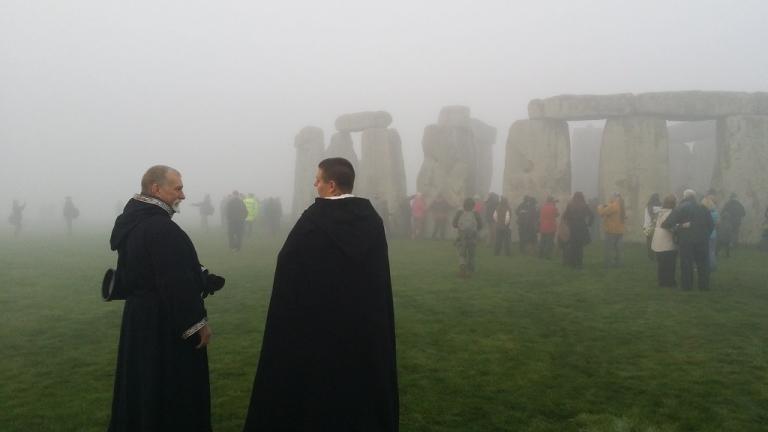
It is common in the Pagan community to read or hear, ‘Age of a religion does not equal validity’. I have said this myself in a few blogs. The reason behind this statement isn’t just a passive way to justify that people should believe whatever they want (though this is true). This statement means that a good religion or spirituality is going to evolve, change, and progress. Christianity looks nothing like it did in the Middle Ages (and thank goodness!). It is only fair to say Druidry, as a religion and spirituality, is exactly as it should be. Neo-Pagan faiths are relevant because they have new concepts based on ancient ideas.
We wouldn’t want Druidry to look exactly as it did at the time of the Anglesey massacre. We wouldn’t want Witchcraft to resemble practices found in 900 CE. Not only would many of the rituals be bloody but they would have zero significance in our modern world. Things that are significant today will not be significant in tomorrow’s world. That is why it is so important that we do our best to foster philosophies that can be applied to that world. We must always think about our impact and what we will leave for future generations.
Plenty of scenarios were left out and major events in history are missing. I realize that may irk a few people but I implore you to play around with this scenario and see what you come up with. Try to find the lessons and apply what you can to your practice.
References:
Andrews, Evan. 2016. “6 Devastating Plagues.” HISTORY. October 12, 2016. https://www.history.com/news/6-devastating-plagues.
History.com Editors. 2018. “Celts.” HISTORY. August 21, 2018. https://www.history.com/topics/ancient-history/celts.
“History of the Celtic Religion.” n.d. www.englishmonarchs.co.uk. https://www.englishmonarchs.co.uk/celts_5.html
History of the Druids | Ancient Druids.” n.d. Order of Bards, Ovates & Druids. https://druidry.org/druid-way/what-druidry/a-longer-history.
“Shintō – Shintō Literature and Mythology.” 2019. In Encyclopædia Britannica. https://www.britannica.com/topic/Shinto/Shinto-literature-and-mythology.




